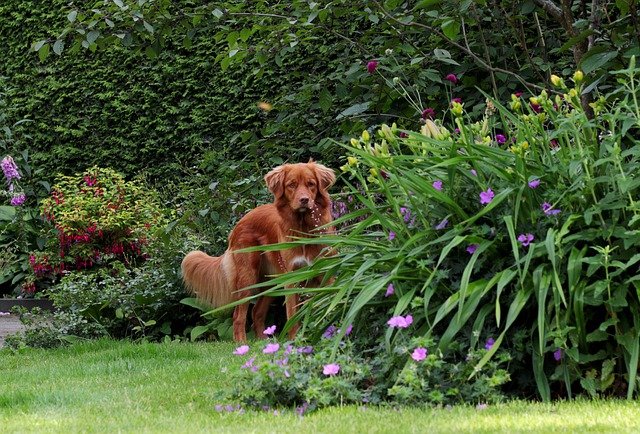
The art of photography can be complicated and requires a certain degree of natural talent along with some additional training. You probably have the ability to become a good photographer if you are willing to make the effort to learn correct procedures and find a niche that suits you.
Experiment with different shutter speeds to see what works best for different scenarios. With developed skills, you can stop the action, extend it in a creative montage, or bring special feature into focus. Lighting quick shutter speeds are great for sports shots with lots of action, while slow shutter speeds are nice for landscapes without a lot of movement.
To shoot better photographs, try to stand closer to what you are framing in your shot. This will help you frame your subject, and block out disruptive backgrounds. It will also help you notice facial expressions, which are important factors for all portrait photographers. If your subject is positioned too far away, it becomes more difficult to capture the minor details.
Don’t make your photographic techniques too complicated; simplifying your process can get you better pictures. Photographs can capture something wonderful, even without knowing how a single setting works.
When you are taking photos of landscapes, create an appearance of depth. Get a sense of scale by having a person or object placed in the foreground. You can sharply define the photo’s foreground and background by using a small aperture. The aperture should be set at no more than f/8 or f/16, respectively, for a basic digital camera or a full-frame SLR.
Create depth when you shoot landscapes. Get a sense of scale by having a person or object placed in the foreground. Set your cameras aperture opening to a small setting, such as f/8 for most cameras or f/16 for full-frame and panoramic cameras. This will not only increase sharpness in the foreground, but in the background as well.
Keep the arms close to the body and the hands around the bottom and along the sides of your camera when you hold it. Holding the camera in this way, you will reduce camera shake and make shots that are in clear focus. With your hands positioned at the underside of the camera and below the lens, it will help prevent accidentally dropping the equipment.
Get your camera out, and start snapping photos from the first moment you depart on a trip. There will be many opportunities for photos at your destination, however, do not miss out on great photo chances during the initial trip itself. Record the entire experience and look at public spaces, such as airports, as a goldmine for capturing interesting images.
It is a good idea to experiment with the different features your camera has and also with many angles and colors. An original object is something that is not required to take a great looking picture. A good photographer is able to take a dull object and turn it into something interesting to look at, due to the skills and talent that the photographer possesses. Try different things to find a style that suits you.
When you are on a trip, snap photos of insignificant things. Certain features might not seem all that interesting at the time, but when you get back, those strange and interesting pictures will frame your memory of the trip in new ways. Street signs, bus tickets and the currency of the country that you visit can make for great photographs and memories.
Use careful consideration when choosing the subject of your photograph. The subject can make or break a photograph regardless of how technically advanced your equipment is, or how good your photography skills are. Look for inspirational people, places and things, or enlist the help of a model who will pose for you.
Photograph people often. Ask permission before photographing anyone. Shots of people will stand out and help you remember great traveling experiences. Look for people with interesting faces, candid expressions and casual, local dress.
Allow your camera to automatically focus on the subject, then move slightly in such a way that the subject is no longer in the center of the frame. Centering has come to be expected, and can seem rather boring to many. Off-centering your photos makes them more interesting to those viewing them.
Take down notes when you’re shooting pictures. When you look back at your pictures, you might have a hard time remembering where you took them. To remedy this, take a small notebook and write down every pictures with a description.
Take the time to make anyone who models for you comfortable, and this is especially true if they are not familiar with you. Many people see photographers as a possible threat. Be sociable and down-to-earth, start a conversation with them, and politely ask if it’s okay for you to photograph them. It’s up to you to help them understand they’re taking part in your art, and you’re not not trying to invade their privacy.
There is no special formula that automatically produces a skilled photographer. Practice and learn from your mistakes. Luckily, with digital cameras, you can get lots of no-risk practice. You don’t necessarily have to develop every single picture, just keep what you like. As you study the pictures you shoot, you will learn from your mistakes and notice ways your shots could have been better, which will ultimately help you improve.
Having now finished this article, you can see that it is possible to master photography and turn it into a lucrative career with perks unmatched by other occupations. Snapping picture has more to it than just pointing and shooting. Photography is about taking the artistic beauty that is present all around you and having it immortalized forever.
When taking indoor photos that are under fluorescent lights, try adjusting the white balance for your setting. Fluorescent lights cast blue and green light, so your subjects might appear a cooler hue than you expect, unless you compensate for lack of the color red with your camera.


